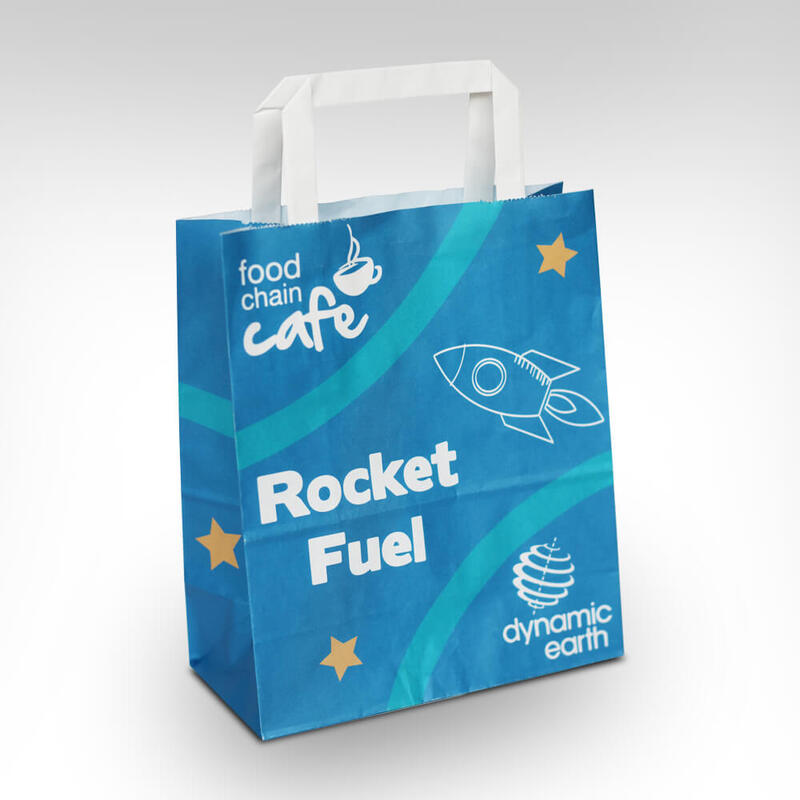The Importance of Paper Packaging for Food
In an era where sustainability and environmental consciousness are at the forefront of consumer preferences, paper packaging for food has emerged as a vital alternative to conventional plastic packaging. As awareness of the harmful effects of plastic pollution increases, the food industry is gradually shifting towards more sustainable packaging solutions, with paper packaging taking center stage. This article explores the significance of paper packaging for food, its benefits, and its contribution to a more sustainable future.
The Rise of Paper Packaging
Traditionally, food packaging has relied heavily on plastic due to its durability, versatility, and moisture resistance. However, as consumers become more environmentally aware, there has been a noticeable shift towards materials that are biodegradable and recyclable. Paper packaging, made from renewable resources, fits the bill perfectly. It is typically sourced from trees, which if managed sustainably, can be replenished, making it a more environmentally friendly option compared to plastic derived from fossil fuels.
Benefits of Paper Packaging
1. Sustainability One of the most significant advantages of paper packaging is its sustainability. Paper is biodegradable and compostable, meaning it can break down naturally without harming the environment. This contrasts sharply with plastic, which can take hundreds of years to decompose. By opting for paper packaging, food businesses can significantly reduce their environmental footprint and contribute to a circular economy.
2. Versatility Paper packaging is incredibly versatile and can be used for a wide range of food products, from dry goods to perishable items. Innovations in manufacturing techniques have led to the development of moisture-resistant and greaseproof coatings, making paper suitable for packaging items such as baked goods, takeout meals, and even frozen foods.
paper packaging for food

3. Consumer Appeal Increasingly, consumers prefer brands that prioritize sustainability. Paper packaging often conveys a message of eco-friendliness, appealing to health-conscious and environmentally aware consumers. This appeal can enhance brand loyalty and increase sales, as customers are more likely to support companies that share their values.
4. Printability Paper packaging offers excellent print quality, allowing brands to create eye-catching designs and include vital information such as nutritional data, ingredients, and recycling instructions. This informative aspect is essential in today’s market, where transparency and health consciousness are key factors for consumers when making purchasing decisions.
Challenges and Innovations
While paper packaging offers numerous benefits, it is not without its challenges. For example, concerns about moisture resistance and durability can limit its use for certain products. However, ongoing research and development are addressing these issues. Innovations such as the use of bioplastics as protective coatings and advanced manufacturing techniques to enhance strength are making paper packaging a more viable option for a broader range of food products.
Conclusion
The transition to paper packaging for food reflects a broader movement towards sustainability within the food industry. As consumers become more environmentally conscious, businesses are responding by adopting packaging solutions that align with these values. Paper packaging not only reduces waste and promotes recycling but also enhances brand appeal and provides essential product information. As innovations continue to improve its functionality, paper packaging is set to play an increasingly significant role in creating a more sustainable and environmentally friendly future for the food industry. Embracing such solutions is essential not only for businesses looking to thrive in a competitive market but also for the health of our planet.



